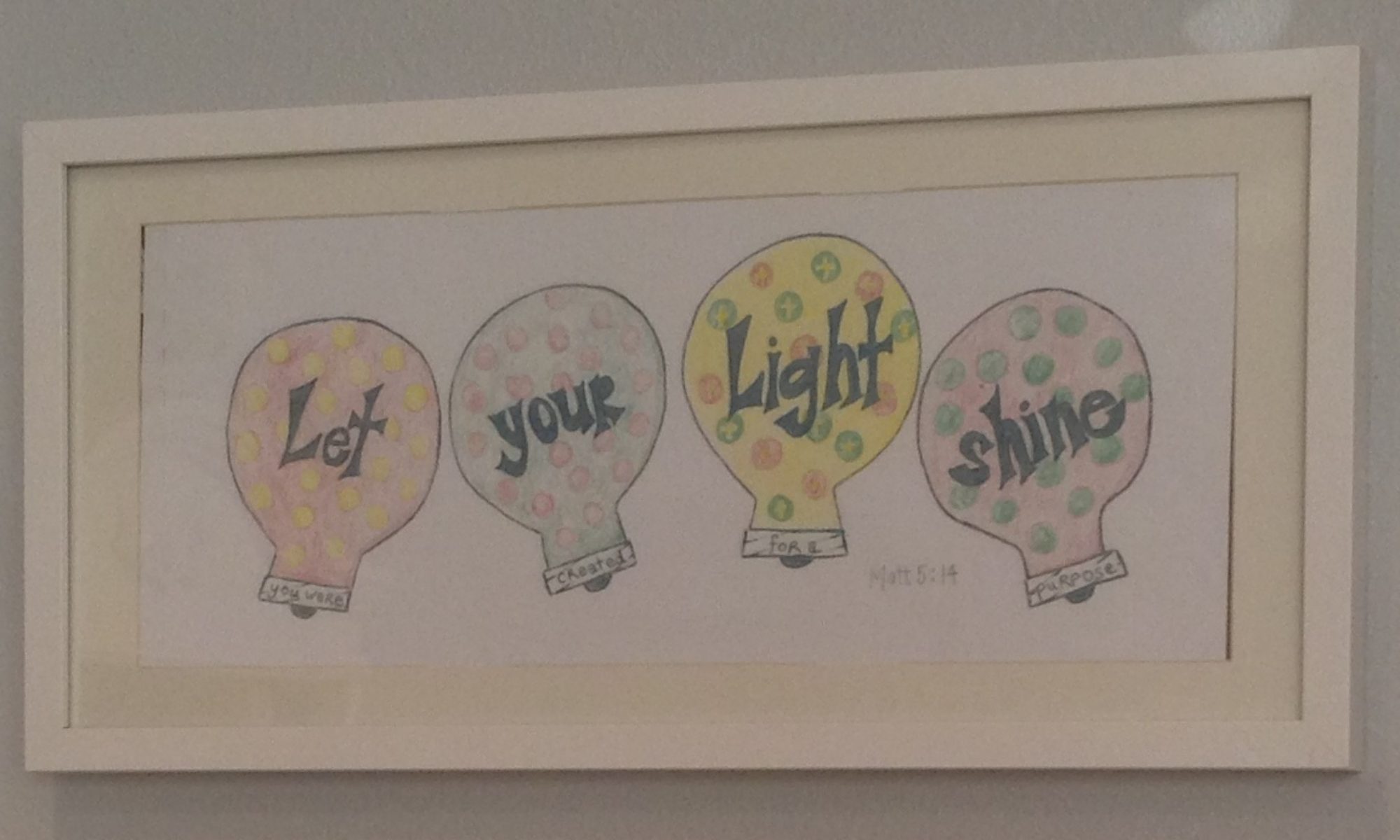Becoming a close reader is the first step in interacting with a text critically. The next piece involves pulling out and citing evidence to support a paragraph dealing with character, plot, conflict etc. The annotation process makes this so much easier if evidence is found while one reads.
Trying to teach students what to mark and how to mark has been a career-long battle. It is easy for me to say, “Just talk to your book and read with your pencil.” For me, it is intuitive. Often, I have to read the book as if I was a 7th or 8th grader with this lens trying to figure out what to mark.
This summer it all became clear when I picked up Notice and Note by Probst and Beers. The reader can now pay close attention to the text with a purpose. The six signposts lessons are designed to encourage close reading.
Since close reading is subjective, the rigor lies in the transaction between the reader and the text. In other words, “The essence of rigor is engagement and commitment.” (23) This eases my fears of students not working at their given level because I know now that I can differentiate instruction by using perhaps a simpler text. Furthermore, I can have higher expectations of interaction from the higher reader to question deeper and more critically. Also, when the reader is asking the questions, the power lies in the student. This empowers the students to be the owner of the thoughts and not me; I am merely their facilitator. When I ask the questions, I know the answers. When students ask questions, they almost never already know the answer but will have to think about how to answer their thoughtful question.
I began the year with the lesson “Contrasts and Contradictions” using their scripted “Thank You Ma’am” lesson. The students understood this lesson and then practiced by taking home “The Lamb and the Slaughter” by Roald Dahl to read and annotate with C and Cs. The next day, we discussed their annotations as a class. The theory behind this is that the reader will come to a point in a text where a character’s actions or thoughts clearly contradict previous patterns or contrast with the patterns the reader would normally expect. This gives the reader new insights into the character or in other words, the reader might say, “This surprised me.” At this time, the reader should STOP (NOTICE) and then mark (NOTE) this in the margin. I have the students put “C & C” and then the anchor question, “Why is the character doing that?” They may abbreviate this question, but they must write this in the margin along with a prediction or two. This habit of writing the anchor question must be established because it will eventually become innate. They will soon start to just be able to mark it with C & C and move on, knowing that this passage will be a key in the character’s development. When they are asked to write a paragraph (I use the Jane Schaffer method) about the character changing in some way, the student will be able to cite this passage in MLA language and interpret it with a strong topic sentence and conclusion. Now we have a complete package of annotation and literary response.
Instead of teaching the six signposts up front, I decided to teach them as we proceed through the first quarter. It made more sense to dive into their class novels (Uprising by Haddix and Ashes of Roses by Mary Auch) and have them start to annotate for C & C and AHA (which I taught next). Then we can cumulatively add them as they become more comfortable marking for each. Having an anchor question on their bookmark helps simplify this immensely.

 Every other week, we write a response paragraph. Then at the end, they will write a larger essay. Mastering the response paragraph with a topic sentence, concrete details or examples, explanations or commentary and a strong concluding sentence is my initial goal before worrying about perfecting the essay format.
Every other week, we write a response paragraph. Then at the end, they will write a larger essay. Mastering the response paragraph with a topic sentence, concrete details or examples, explanations or commentary and a strong concluding sentence is my initial goal before worrying about perfecting the essay format.
The students came to class with books filled with marks of multiple C & C recognitions. They felt so enlightened and confident by having a specific anchor question that it helped them understand the book and began rich discussions. We do a weekly Lit Circle called Book Buds. With that, students come to the group with their annotated book and a completed Reading Notebook assignment. In their Book Buds, they are asked to write down two examples of C & Cs they found in their reading on two separate post it notes. (And AHA’s which I also covered) As a group, they discuss their post-it note findings then vote on three to post on the large post-it paper on the board. They then come up to present them to the class. This helped the slower kids see what they could have marked, and this gave a chance for the higher kids to develop some rich discussions with each other.
I foresee this building through the year with each signpost. Moreover, this will enable the students to see themes, conflicts, character changes and plot developments more clearly. I cannot wait for the year to unfold and students to become closer more involved readers.
At this point, they look forward to NOTICING and NOTING in their book.



Comments are closed.